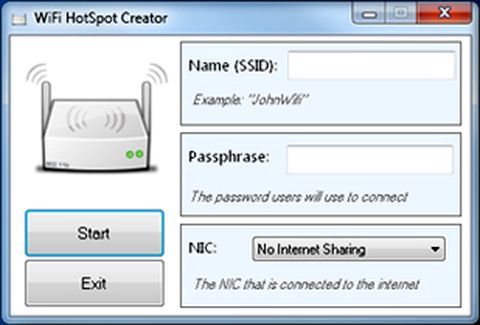
It's what my iPhone was connected to.ĩ: I then clicked the green shark fin button in the upper-left corner - "Restart current capture". It then correctly showed the two WiFi interfaces that my router creates - OBwlan0 (the Raspberry's on-board WiFi chip) and DGwlan1 (the USB WiFi dongle).Ĩ: I then double-clicked OBwlan0 - because that's my router's Access Point. I clicked the drop-down box on the right-hand side and unchecked all the boxes except "Wireless". It said "Should non-superusers be able to capture packets?" I accepted the default option and said NO by tapping the Enter key.Ħ: To launch Wireshark, I simply ran sudo wiresharkħ: An interface-selection screen then appeared. I began by doing exactly what you see in my infographic at the beginning of my tutorial:ġ: Activated my iPad's mobile hotspot (Apple calls it a “Personal Hotspot”).Ģ: Activated my Raspberry-based router (the toggle switch on the desktop said "Router is On").ģ: Connected my iPhone to my router's Access Point.Ĥ: Installed Wireshark by running sudo apt install wireshark in Terminal.ĥ: During the package installation, a configuration screen automatically appeared. Wireshark allows me to detect and analyze all the data packets travelling through my router - and any device(s) connected to it.


As a fun test for no particular reason, I ran the Wireshark network traffic analyzer on my WiFi-to-WiFi router.


 0 kommentar(er)
0 kommentar(er)
